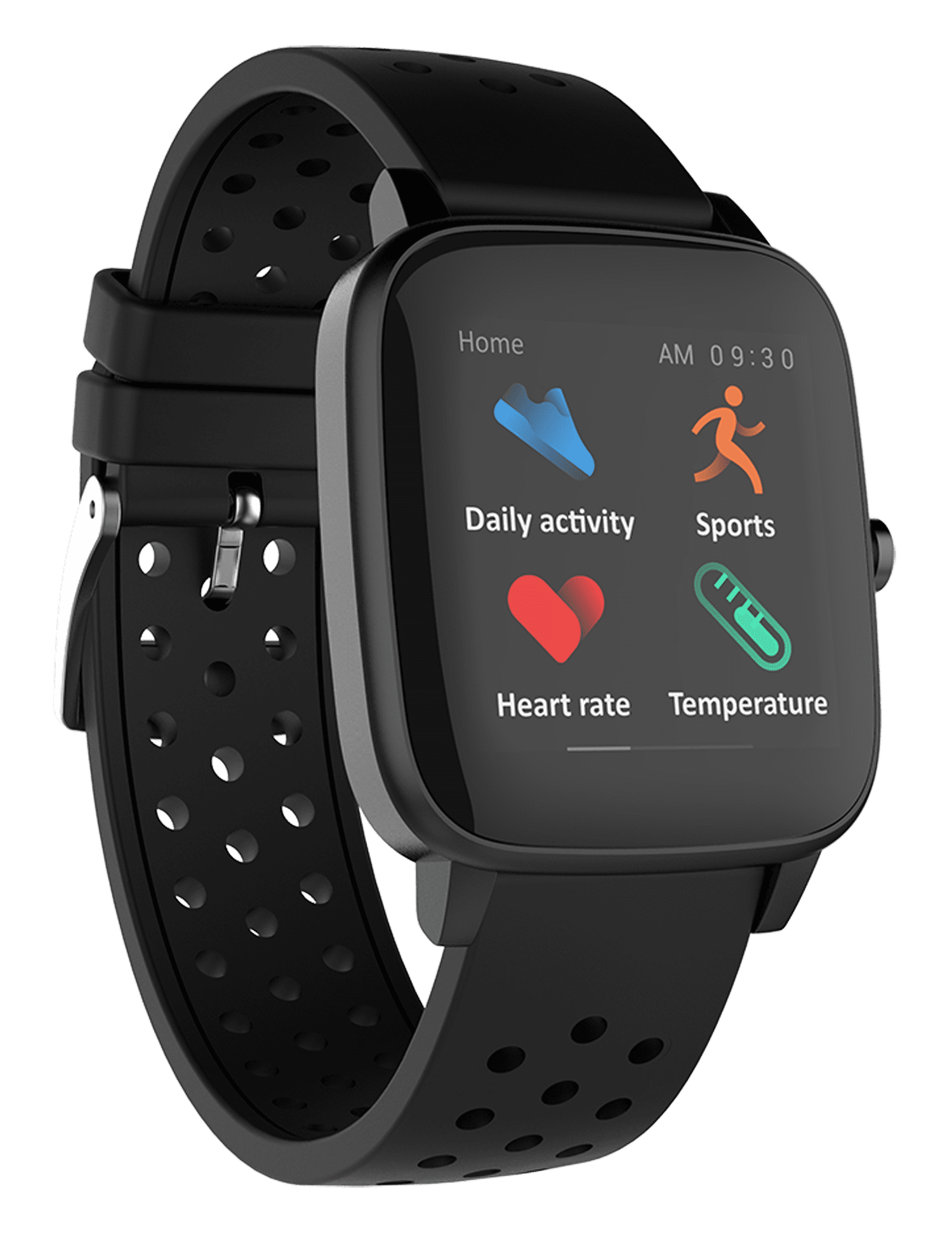

Consistent device performance and accurate reporting mean fewer headaches for your practice and happier patients. Diagnosing cardiac arrhythmias means recording your heart rhythm until symptoms occur using heart monitoring tests like an electrocardiogram (ECG). Reliability Wins OutĪt the end of the day, you want a Holter monitor that works when you need it to with minimal patient input. In some cases, the sticky patches used to attach the sensors to your chest can cause skin. The monitor will give your doctor the same kind of information as an electrocardiogram (EKG or ECG). It records times when your heartbeat is too fast, too slow, or irregular. It records the electrical activity of your heart. This is because Holter monitors are active throughout the entire day rather than just when the user is experiencing symptoms, so they need to store significantly more information than event monitors. A cardiac event monitor is a small device that you wear or keep with you. These monitors can note changes in how fast your heart is beating and changes in its rhythm to help doctors diagnose an arrhythmia, or irregular heartbeat, and check whether treatments for the abnormal heart rhythm are working. Holter monitors are typically larger than event monitors. Cardiac event recorders are also called ambulatory ECG monitors. The major downfall to using an event monitor is that it does not capture events that occur without physical symptoms and has the potential to lead to a missed diagnosis.Īnother difference between event monitors and Holter monitors is the size of the device. Some event monitors will automatically begin recording if they detect abnormal heart rhythms, while others rely on the user to manually activate the device when they feel symptoms.

Instead, they only record your heart’s electrical activity when you are experiencing symptoms. Event monitors do not perpetually monitor your heart rhythm like Holter monitors do. (2019) reviewed the records of patients who had undergone 30-day rhythm monitoring with the LifeWatch device at a single institution. One of the most fundamental differences between the two distinct kinds of monitors is how they record your heart’s electrical activity. They are also worn throughout the day, have wires that connect the device to sensors, and even use adhesive patches to stick electrodes to your chest just like Holter monitors. Event MonitorsĮvent monitors do have quite a few similarities to Holter monitors. These electrodes detect your heart’s electrical signals so that the monitor can record your heart rhythm.
30 day heart monitor series#
Several wires connect the device to a series of sensors called electrodes that are stuck to your chest using adhesive patches.
30 day heart monitor portable#
About the size of a pack of playing cards, this battery-powered portable device can either be clipped to a belt or stored in a pocket. These types of monitors are known as “continuous EKGs” because they consistently record your heart rhythm for between 72 hours.


 0 kommentar(er)
0 kommentar(er)
